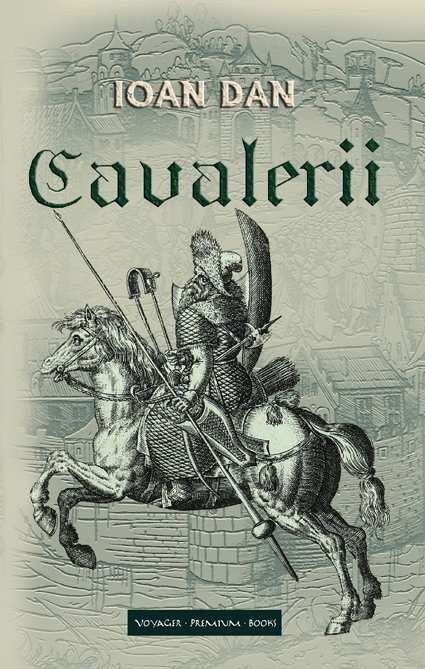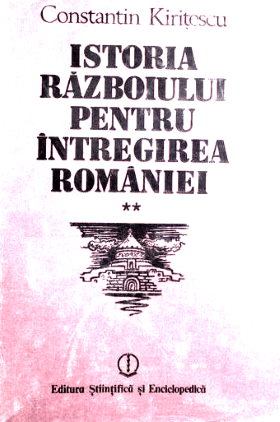Cărți «Ascensiunea și decăderea marilor puteri: transformări economice și conflicte militare din 1500 până în 2000 citește online PDF 📖». Rezumatul cărții:
Cunoscutul istoric construieşte o amplă argumentaţie a celebrei teorii a „supraîntinderii imperiale”, conform căreia marile puteri cu vocaţie hegemonică ajung, în timp, să nu mai profite de „imperii”,îşi epuizează resursele în încercarea de a le conserva şi riscă astfel decăderea din clubul marilor puteri. Rezultatul este o lucrare de referinţă pentru istorici şi studenţii de la facultăţile de istorie, dar şi pentru studenţii şi profesorii de la facultăţile de ştiinţe politice şi relaţii internaţionale.
„Parînd că prezice cu autoritate ştiinţifică un anumit curs al politicii mondiale, Ascensiunea şi decăderea marilor puteri a provocat serioase dispute politice şi intelectuale peste ocean la sfîrşitul anilor ’80, ale căror ecouri le simţim şi astăzi în anumite linii argumentative. Ascensiunea... va continua însă să rămînă nu doar un text de referinţă şi un prilej de desfătare intelectuală, ci şi un continuu motiv de dezbatere cu privire la soarta celor mari în politica internaţională.” (Andrei Miroiu)
„Parînd că prezice cu autoritate ştiinţifică un anumit curs al politicii mondiale, Ascensiunea şi decăderea marilor puteri a provocat serioase dispute politice şi intelectuale peste ocean la sfîrşitul anilor ’80, ale căror ecouri le simţim şi astăzi în anumite linii argumentative. Ascensiunea... va continua însă să rămînă nu doar un text de referinţă şi un prilej de desfătare intelectuală, ci şi un continuu motiv de dezbatere cu privire la soarta celor mari în politica internaţională.” (Andrei Miroiu)
Recomandat pentru o lectură plăcută: ➾






